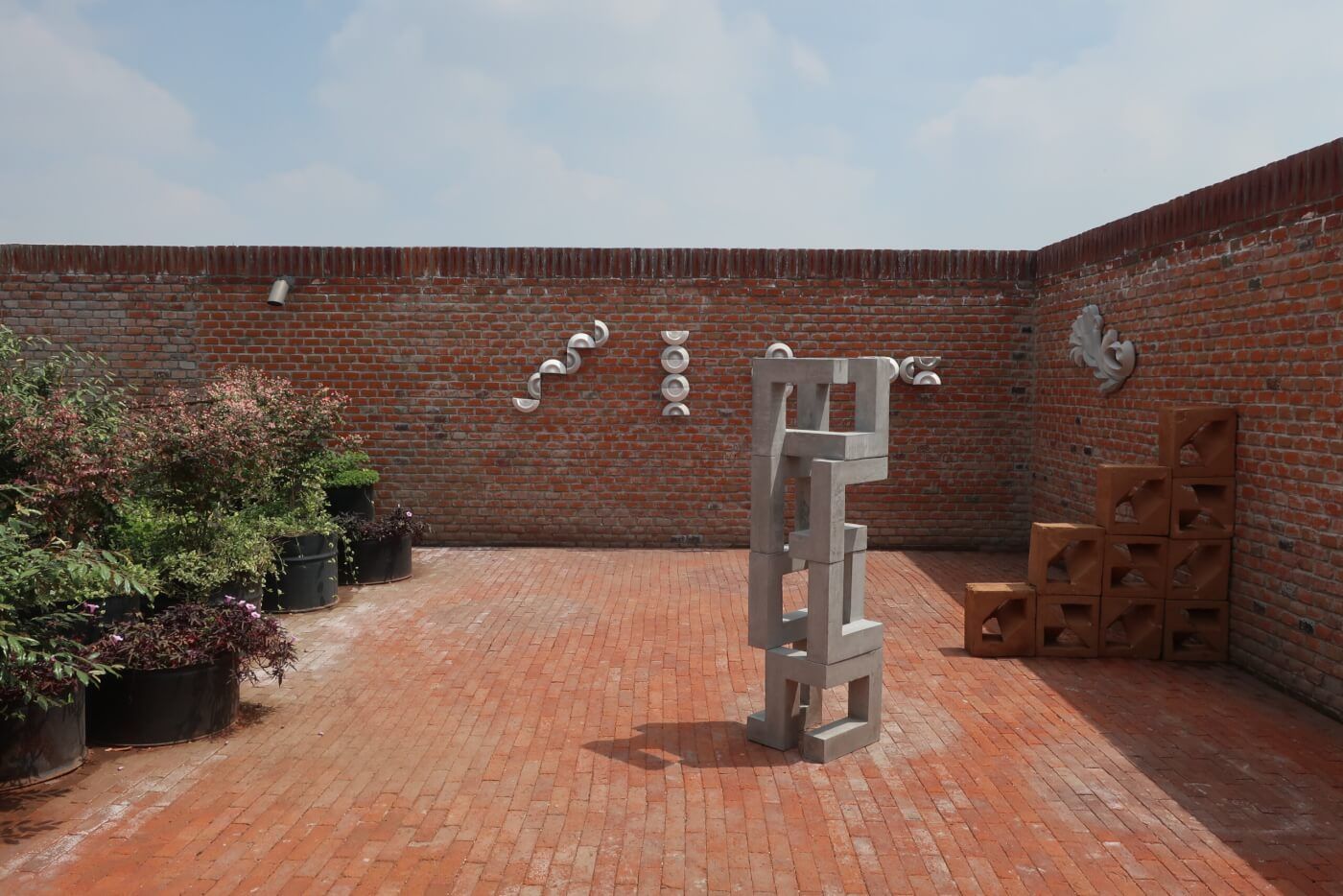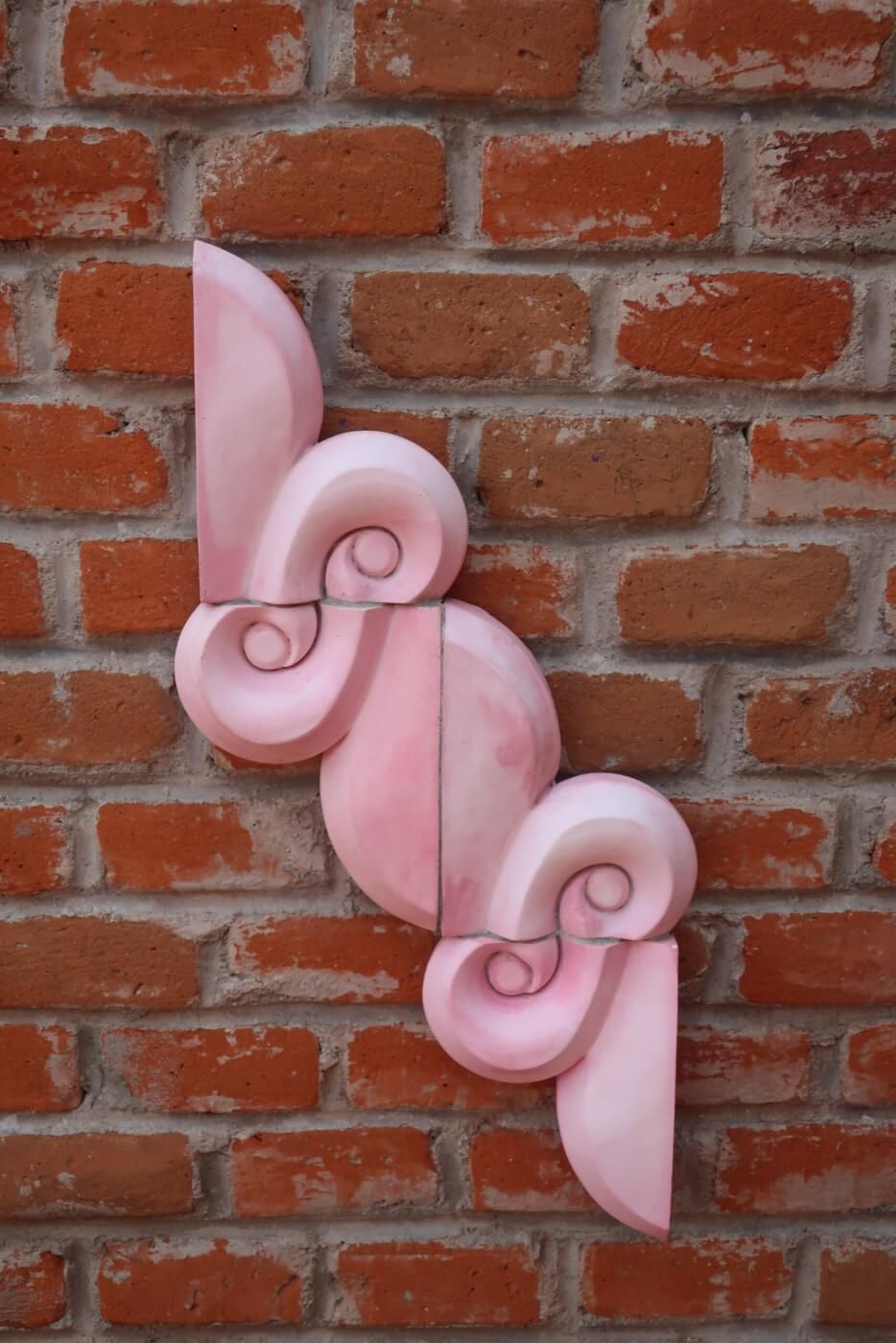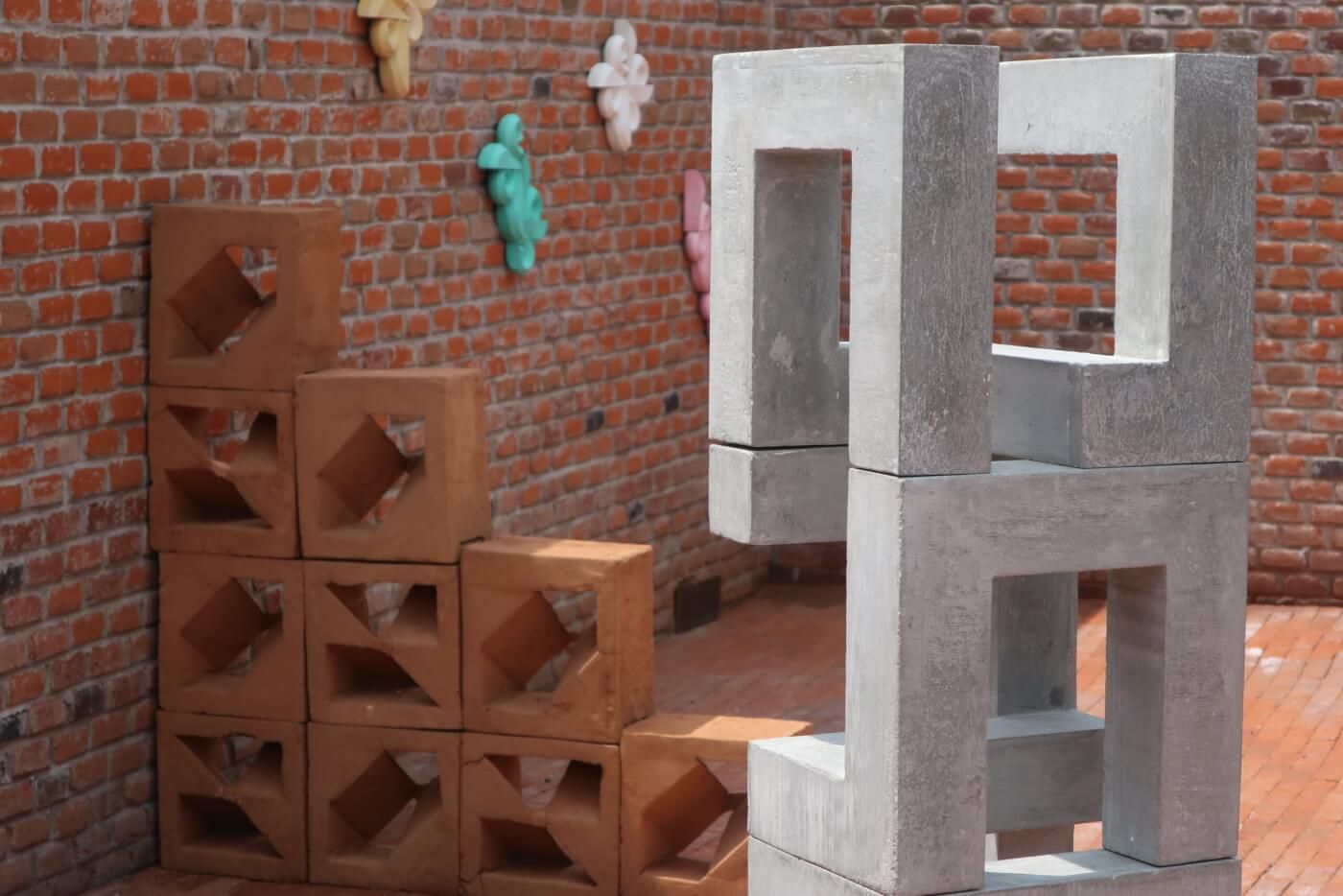La Forma de la Tierra
Romel Solano
August 3 – October 13, 2024
Like any megalopolis, Mexico City exists in a perpetual state of becoming and unbecoming, building and unbuilding, construction and destruction: a grand, neverending experiment in urbanism. In small ways and large, from littering on the street to building a home, all of us act as its architects and contractors, midwives and undertakers. Few of us consider the impact our collective daily actions have on the city as a living thing. Citizenship does not automatically encompass caretaking. But the city is an organism, of which all of us are part. Xanath Ramo (b. 1987) and Romel Solano (b. 1997) are among an unusually large and active creative class in Mexico City dedicated to acting like it.
Solano’s efforts are directed towards generating new possibilities in the built environment. The point is not the promotion of any specific style. What Solano demonstrates is how new systems can be used to liberate us from old ideas. His intention is to make a destabilizing contribution to the development of the relationship between conventional opposites such as tradition and innovation and the foreign and indigenous influences that characterize the city’s architecture. His ideal is a continuous flow of flexible, modular, interchangeable concepts—like the ones on view here—that can be explored and executed by anyone with a good idea. Everything you see was made quickly and could be utterly transformed with relatively little effort. The open-form blocks that make up the walls separating the terrace into rooms were designed just a few weeks ago using CAD. The prototype block used to make the molds in which the finished blocks were cast was printed in plastic. It was produced using a tabletop printer that has only been available for home use for about a decade. (The whole process was not unlike the kind of material investigation associates do in an architectural office in the research phase of a new project—except that he did it all in his apartment.) The finished clay blocks on the other hand were made in the traditional way by a brick maker in Puebla using fired clay, one of humanity’s oldest technologies. The future is always a version of the past continuously remixed in the present. Mexico City’s future will continue to combine the new and the old, technology and craft in ways that Solano and others are figuring out before our very eyes.
Artistic Director
Dakin Hart
Solano’s efforts are directed towards generating new possibilities in the built environment. The point is not the promotion of any specific style. What Solano demonstrates is how new systems can be used to liberate us from old ideas. His intention is to make a destabilizing contribution to the development of the relationship between conventional opposites such as tradition and innovation and the foreign and indigenous influences that characterize the city’s architecture. His ideal is a continuous flow of flexible, modular, interchangeable concepts—like the ones on view here—that can be explored and executed by anyone with a good idea. Everything you see was made quickly and could be utterly transformed with relatively little effort. The open-form blocks that make up the walls separating the terrace into rooms were designed just a few weeks ago using CAD. The prototype block used to make the molds in which the finished blocks were cast was printed in plastic. It was produced using a tabletop printer that has only been available for home use for about a decade. (The whole process was not unlike the kind of material investigation associates do in an architectural office in the research phase of a new project—except that he did it all in his apartment.) The finished clay blocks on the other hand were made in the traditional way by a brick maker in Puebla using fired clay, one of humanity’s oldest technologies. The future is always a version of the past continuously remixed in the present. Mexico City’s future will continue to combine the new and the old, technology and craft in ways that Solano and others are figuring out before our very eyes.
Artistic Director
Dakin Hart





